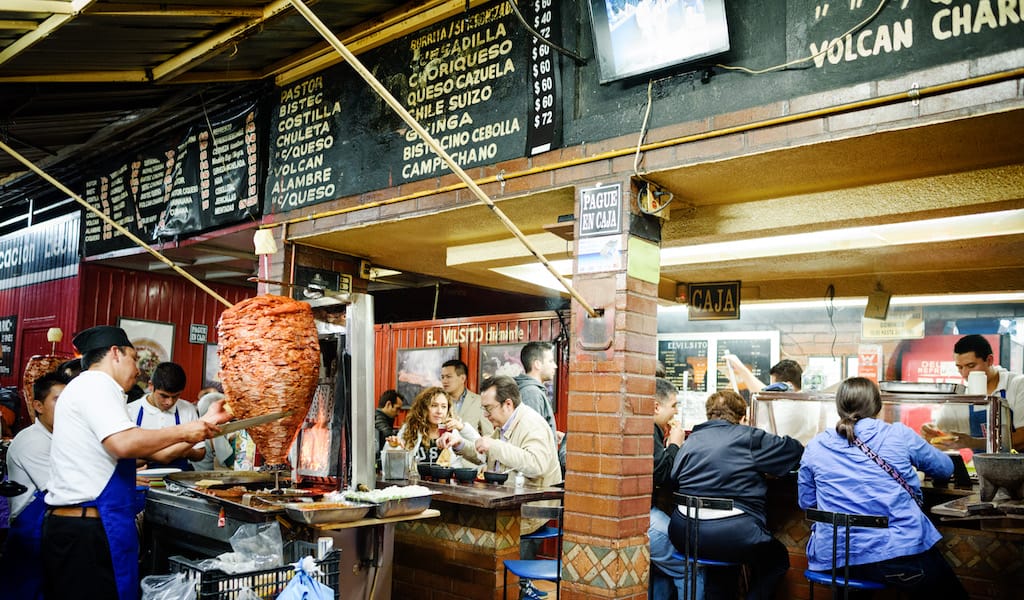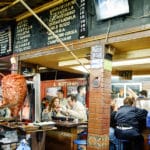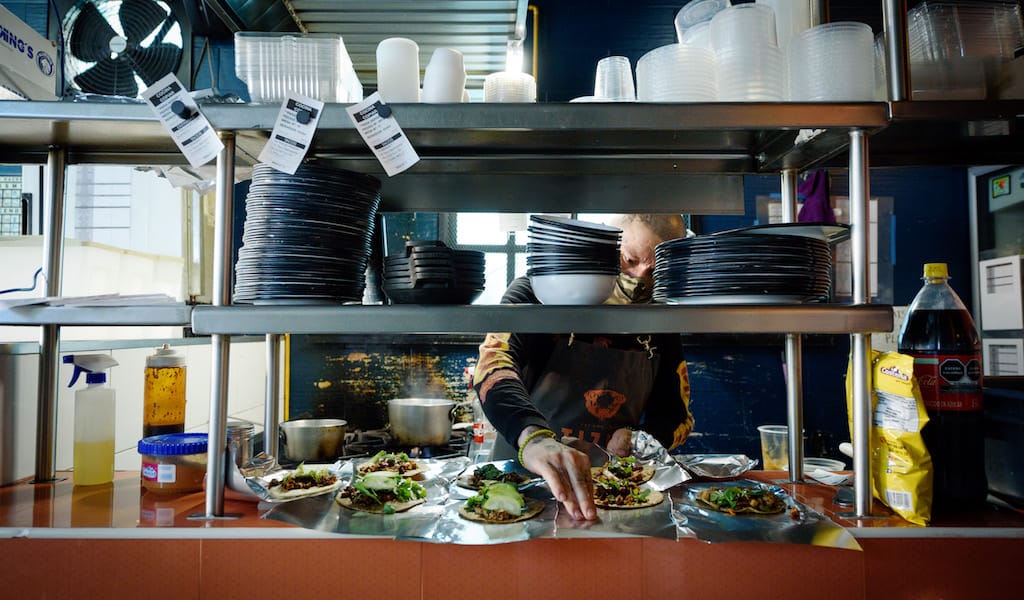We like to travel on a smaller scale. Forget countries and cities, for us the neighborhood is the ideal unit of exploration. Celebrating neighborhood life and businesses is, of course, essential to what we do as Culinary Backstreets. Since our founding in 2012, we’ve been dedicated to publishing the stories of unsung local culinary heroes and visiting them on our food walks, particularly in neighborhoods that are off the beaten path.
Plus, we recognize that tourism, while a justifiably important economic force in many cities, can devastate the urban ecosystem if not distributed responsibly into neighborhoods otherwise neglected by the travel industry. To help that process along, two years ago we launched an annual “Neighborhoods to Visit” guide, featuring areas off the main tourist trail from all the cities that we cover.
Yet as various other annual “must-visit” guides have made clear, following the same formula year after year can lead to selecting destinations solely for the purpose of a complete list. So we’re changing it up in 2020, focusing on a smaller selection of neighborhoods (as well as the people and places that keep them going) that truly deserve the extra attention. Below is a compilation of six less-visited areas that our correspondents are eager to explore this year:
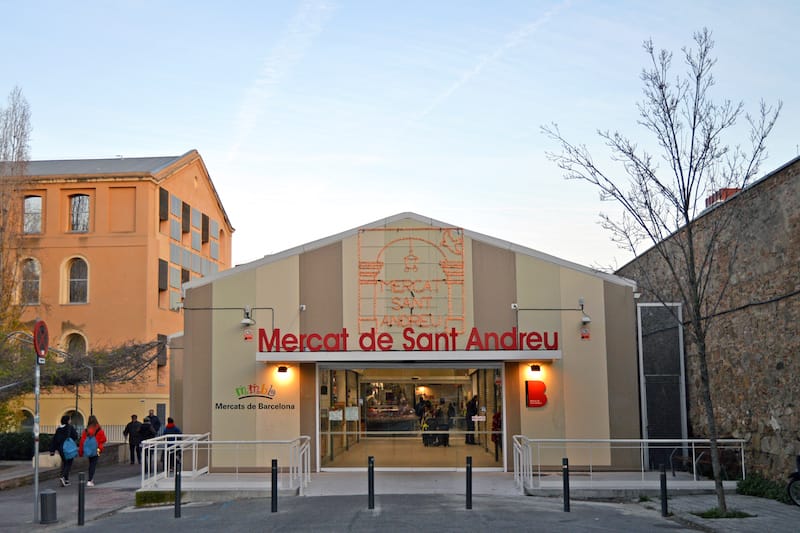
Barcelona: Sant Andreu
 The area surrounding Barcelona’s central Eixample district is a colorful patchwork of old villages, with the neighborhood of Sant Andreu being one of the most inviting. Scattered among the modern buildings are narrow streets lined with small two-story houses, the quiet punctuated by the sound of kids playing. Adding to the unique personality of this neighborhood, which is far from the city’s tourist and business hubs, are the old factories transformed into creative centers and the beautiful historic church of Sant Andreu del Palomar, a 19th-century construction built on the site of the original 10th-century church that gave this area its name.
The area surrounding Barcelona’s central Eixample district is a colorful patchwork of old villages, with the neighborhood of Sant Andreu being one of the most inviting. Scattered among the modern buildings are narrow streets lined with small two-story houses, the quiet punctuated by the sound of kids playing. Adding to the unique personality of this neighborhood, which is far from the city’s tourist and business hubs, are the old factories transformed into creative centers and the beautiful historic church of Sant Andreu del Palomar, a 19th-century construction built on the site of the original 10th-century church that gave this area its name.
The combination of a village-like atmosphere with all the amenities of a city has made Sant Andreu an attractive place for young locals, artists and entrepreneurs. They relish the relative quiet, the pretty old center with its own market, and the lower housing prices. It doesn’t hurt that the neighborhood is well equipped with sports facilities, modern cultural centers like Fabra i Coats (formerly a cotton spinning mill), and one of the hippest and most innovative co-working centers in the city, the Canòdrom (the old dog racing track).
With a slew of new bars and restaurants opening in recent years, Sant Andreu is also becoming an attractive area for hungry diners. In terms of openings, however, perhaps the most anticipated of the year is the renovated Sant Andreu market, which first opened in 1906 and is located in a delightful porticoed square. While the historic local market is under restoration, we can still visit our favorite vendors at their temporary home in front of Fabra i Coats.
But the neighborhood also has its share of classic spots, like Taverna Can Roca, a century-old bodega that morphed into a restaurant in 1952. It has long been famous for traditional Catalan esmorsar de forquilla (“fork breakfasts”) and still is, but with an updated style. Albert Oltra, a well-known chef in Barcelona and the owner of the masía Can Piqué, took over the spot in 2016. Since then, the cooking has been modernized, although it’s still rooted in traditional recipes, and the décor was been slightly updated, complimenting the beautiful old tiles and enhancing the charm of the space. We are currently enamored with their various rice dishes, the pig feet cannelloni, and the scallops with Iberian pork dewlap.
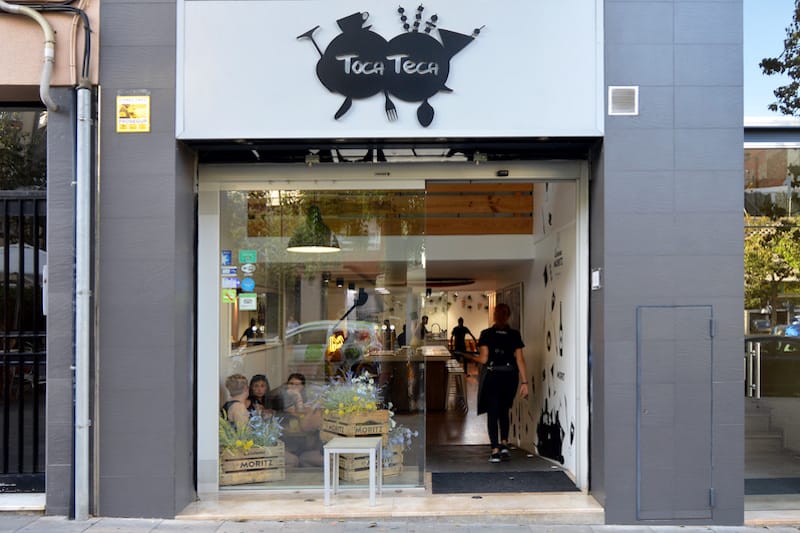
Nearby is another great food landmark, Rabasseda, located inside the arcade surrounding the old market. While the market’s restoration works have made the area noisier and dustier, this restaurant is still valued for its cuisine and its lovely terrace under the arcade (although perhaps better to visit once the renovated market opens). For now, you can find us at their bar, which provides a good perch to take in the hustle and bustle of the place and isn’t far from the kitchen, where chef Narçis Rabassa dexterously handles the pans, cooking up their excellent cod recipes.
We would be remiss not to mention the most iconic bodega in the neighborhood, the small and charming Bodega Lluis, the perfect refuge for a vermut. Opened in 1955, the bodega is packed during aperitif time, serving beer, wine and vermut along with tapas like gildas (olives, peppers and anchovies skewered on a stick), olives, chips, cockles and anchovies.
When we want something a bit more upscale, we head to Toca Teca. Opened by María Cots and Guillem Carulla in 2012, this modern restaurant puts out excellent little tasting plates to share (or not), some of our favorites being the slow-cooked bull tail, the excellent Andalusian-style fried squid, and their famous scallops a la carbonara.
Finally, for lovers of Catalan Modernisme (Catalan Art Nouveau), Bar Versalles is a shining example. The bar and restaurant has a long history – it opened in 1915, although it has since been renovated – and retains much of its beautiful original furniture. The menu features a long list of classic tapas, dishes and vermut aperitif, as well as hot and cold sandwiches for breakfast. For big groups, the underground dining room, which used to be a bomb shelter during the Spanish Civil War, offers an atmospheric experience. – Paula Mourenza
Published on January 14, 2020
Related stories
January 18, 2021
Elsewhere | By Culinary Backstreets
ElsewhereConsidering that the pandemic is still raging, the annual travel lists that come out at this time of year have taken on a new shape: Rather than promoting destinations, the focus is on the places that people want to visit when things open back up, visions buttressed by more personal recollections. Travel is still elusive…
January 14, 2020
Elsewhere | By Culinary Backstreets
ElsewhereAs the calendar year turns over, we’ve grown accustomed to the barrage of lists telling us where to travel during the next 12 months. Often these places are a country or even a whole region – you could spend an entire year exploring just one of the locations listed and still barely make a dent.…
January 14, 2020
Marseille | By Culinary Backstreets
MarseilleAs the calendar year turns over, we’ve grown accustomed to the barrage of lists telling us where to travel during the next 12 months. Often these places are a country or even a whole region – you could spend an entire year exploring just one of the locations listed and still barely make a dent.…







































